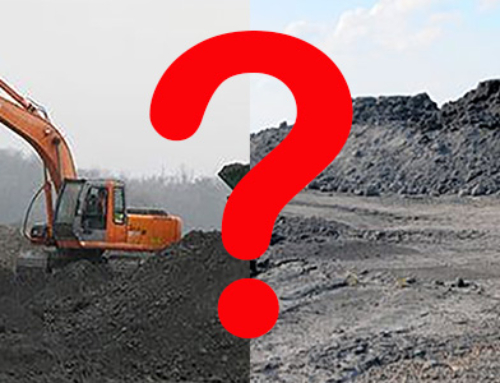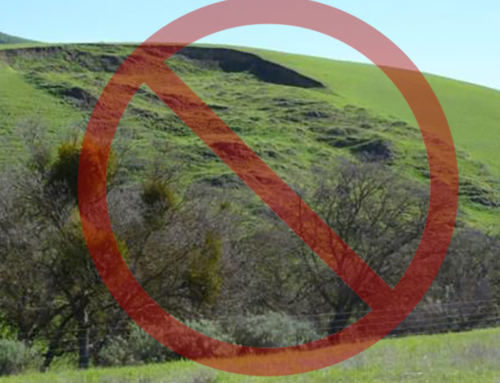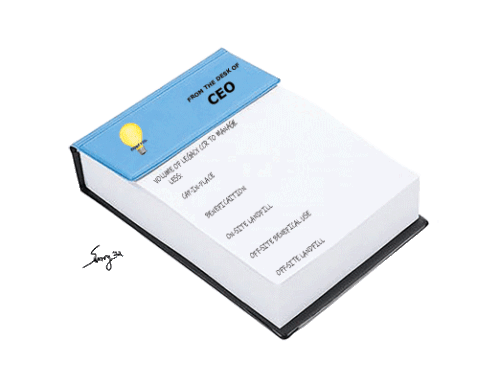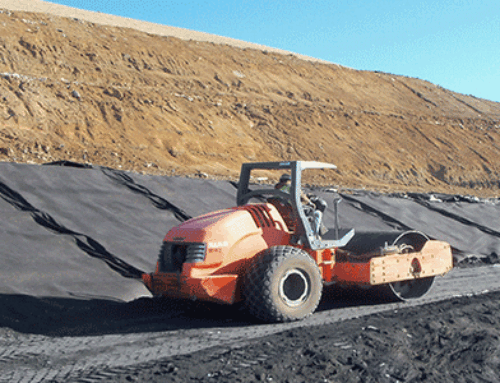NIMBY, SEBY?
Let’s face it: nobody likes landfills. They’re ugly. They smell. They attract seagulls. But until we can devise methods to recycle or eliminate all residential and construction waste and coal ash, landfills have to be a fixture on our landscape for the foreseeable future.
According to the EPA, as of 2009 (the most recent statistic published), approximately 1,908 municipal solid waste (MSW) landfills were in the continental United States. When you size that up against the 3,537,438 square miles comprising this country’s land mass, their total footprint is pretty modest. But that’s cold comfort if you happen to live near a landfill.
As a consequence, communities are campaigning close their local landfills every day. Just Google “not in my backyard landfill” and you’ll come up with 2,790,000 hits.
Every time residents swing into action and win a NIMBY argument to get their nearest landfill closed, they really solve nothing. Waste will still be generated – ironically, some of it by them – and all they accomplish is to kick their cans, literally, down the road to SEBY – somebody else’s back yard. Maybe we should start calling it SEBY instead of NIMBY.
So, what’s to be done?
This is where knee-jerk reactions need to be replaced by innovative thinking. The problem of solid waste disposal belongs to everyone, not just those living near landfills who wish they were somewhere else.
Manufacturers need to find ways to reduce sold waste through more efficient packaging. The U.S. needs to encourage business to invent more ways to recycle. The U.S. recycling rate currently sits at 34.6% of total waste. This may seem acceptable, but much of the remaining recyclable material was being shipped to China – out of sight, out of mind.
Until January 2018. That’s when China began enforcing its “National Sword” policy that banned 24 types of solid waste, including plastics and unsorted mixed paper. It also set the contamination limits on what it would accept at 0.5%, which the U.S. is finding nearly impossible to meet, since many Americans think unwashed cans and bottles and greasy pizza boxes can be recycled (they can’t).
As a consequence, much of that recycling environmentally-minded people lug out to the curb is being incinerated or going to landfills – eating up precious landfill capacity that wasn’t in the original plans.
As it stands, by 2021 the U.S. will have only 15 years of landfill capacity left. In densely populated regions like the Northeast, capacity could max out in half of that time.
To compound the complexity of this issue, add a significant portion of the 2 billion cubic yards of legacy coal ash, now determined to be waste, looking for a home. It breaks the bank!
There is movement afoot. Residents of Deschutes County in Oregon want a new landfill, according to a recent survey. They looked at the cost increases of SEBY and decided it made more sense economically to take care of their own trash. So, before folks shut down their community landfill and assume their trash will be trucked to somebody else’s back yard without consequences of some kind, they should do their utmost to maximize what they have. The technology is out there. It just takes open minds willing to consider all the options.





